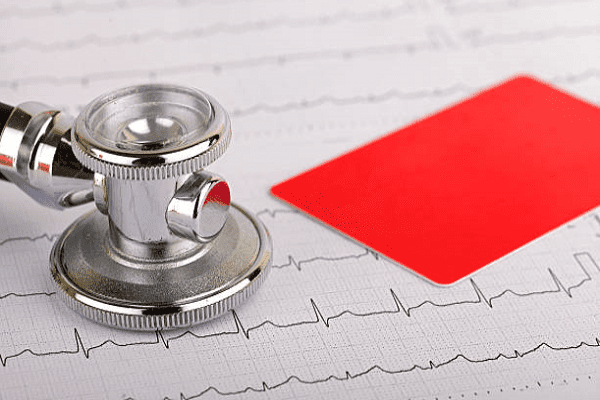Cardiovascular system >>>> Asymptomatic coronary artery disease - signs and treatment
Asymptomatic coronary artery disease - signs and treatment.

Ischemic heart disease (IHD) (or coronary heart disease (CHD)) is a disruption in the work of the heart muscle associated with an imbalance in the delivery of blood to the heart (temporary or permanent). The cause of coronary heart disease is an imbalance of blood flow in the coronary arteries in relation to the volume of blood required for consumption by the heart muscle in order to fully provide it with oxygen.
The most dangerous form of coronary heart disease is considered to be its inconspicuous development and course, which is called asymptomatic coronary heart disease. Symptoms of the typical development of coronary artery disease are characterized by such phenomena as high blood pressure, shortness of breath with minor physical exertion, angina attacks (both without physical or emotional stress, and at moments of physical or emotional overload), heart rhythm disturbances, an increase in the size and volume of the left ventricle hearts. But asymptomatic coronary heart disease does not have any clinical manifestations, which complicates its diagnosis and timely treatment - counteraction to the further development of ischemic heart disease.
Due to the fact that there are no obvious signs of asymptomatic coronary heart disease, a number of diagnostic methods can be used to identify the development of coronary heart disease:
- ECG stress tests,
- Myocardial scintigraphy,
- Holter ECG monitoring of the myocardium,
- Radioisotope ventriculography,
- Stress - Echocardiography,
- Coronoangiography.
The reason for the diagnosis of the myocardium for coronary artery disease may be some factors:
- Increased body weight based on gender and age characteristics,
- Age and sex (usually IHD develops after forty years, and according to modern data, even after 30 years, and most often the early development of IHD is characteristic of males),
- Indicators of tests for cholesterol, where the level of triglycerides in the blood is increased - more than 2.3 mmol / L,
- Low level of physical activity and physical activity in the general rhythm of life (physical inactivity),
- Bad habits (smoking, excessive alcohol consumption),
- Increased neuropsychiatric stress (high degree of stress),
- Presence of early development of ischemic heart disease in parents or close blood relatives.
Diagnosis of asymptomatic coronary heart disease is a preventive measure that reveals the development of coronary heart disease against the background of good health.
For the treatment of asymptomatic forms of coronary heart disease use:
- The transition to a healthy lifestyle (forced abandonment of bad habits, body weight regulation, diet taking into account anti-cholesterol nutritional factors, dosed and regular physical activity with a subsequent increase in their intensity);
- The use of medicinal preparations - antianginal agents (calcium antagonists, nitrates, beta-blockers);
- Antiplatelet therapy - a change in the rheological properties of blood in the direction of improving the degree of its fluidity (dosed anticoagulants);
- In difficult cases, when it comes to significant atherosclerotic lesions and stenosis or partial blockage of coronary vessels, the issue of surgical intervention is considered in order to expand the lumen of the coronary vessels and normalize blood flow towards the heart muscle.

Early treatment of asymptomatic coronary artery disease prevents the difficult path of coronary artery disease development and difficulties with treatment in the future, and also serves as a measure of prevention of myocardial infarction.

Read

Read



























